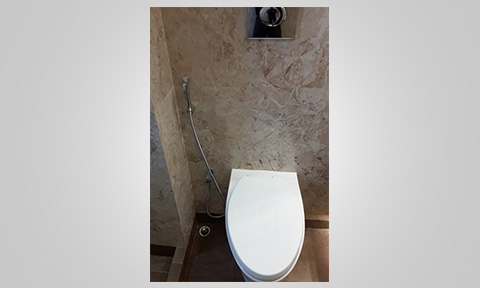One of the most Premium Property in Central Kolkata was having Severe Damp / Leakage / Seepage Problem. The Source couldn’t be traced easily by the Waterproofing Vendors, and the solution given by them were also temporary. Witness how Team MACJ reached to the root cause of the leakage using Infrared Thermal Imaging Technology and solve the Mystery. MACJ suggested the best possible Solution with Low Cost, Least Destruction & Long Lasting Results.

RERA lawyers form Bar Association of MahaRERA
Mumbai
With more and more lawyers representing clients in Real Estate (Regulation and Development) Act (RERA) cases, the advocates handling these cases on Friday registered their Bar Association of MahaRERA with the Bar Council of Maharashtra and Goa.
State Advocate General Ashutosh Kumbhakoni on Friday formally presented a certificate of registration to the Bar Association of MahaRERA members at his office. Advocate Harshad Bhadbhade has been elected as the President of the association while advocate Anil D’souza and advocate Bishwajeet Mukherjee will serve as the Secretary and Joint Secretary.
The association was registered under the Bar Association (Constitution, Registration and Control) Rules, 2005 framed by the Bar Council under the Advocates Act, 1961 and Maharashtra Advocats Welfare Fund Act, 1981.
“MahaRERA cases with serial numbers having crossed the magical one lakh figure, it is easily the fastest growing and most approached quasi-judicial body in India. The Bar Association of MahaRera will strive to be the crucial link between the Bar and the Bench. There are many issues that litigants and advocates themselves are facing and this Bar Association will do its very best to be the bridge between all stake holders,” said secretary Anil Dsouza. He said the association has 50 members at the moment.
Maharashtra is the leading state in the implementation of RERA and has the highest 21,812 ongoing real estate projects registered with it. Out of these 16,946 projects are ongoing under the Authority’s monitoring, while 4,698 or 21 per cent of these projects have been successfully completed since May 1, 2017. MahaRERA received more than 8,217 complaints, and it has resolved and given orders in 62 per cent or 5,103 cases. 3,114 complaints are presently in the process of hearings.
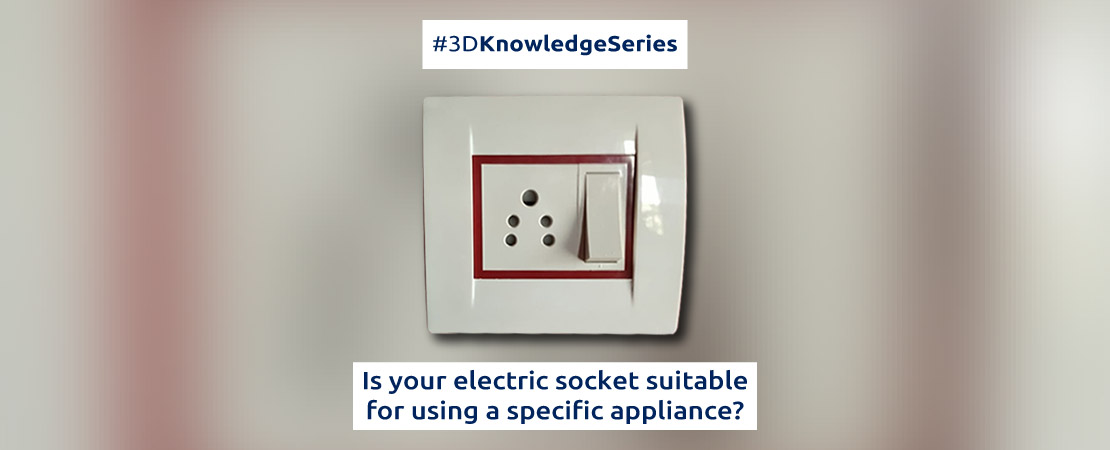
Is your electric socket suitable for using a specific appliance?
Detect Issues
6 amps Switch socket provided for Geyser.
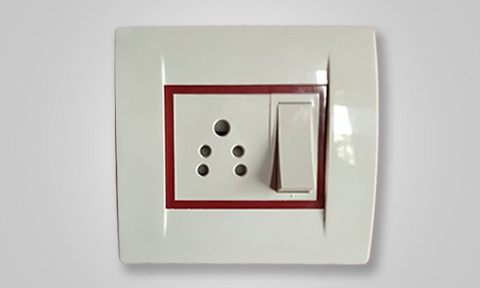
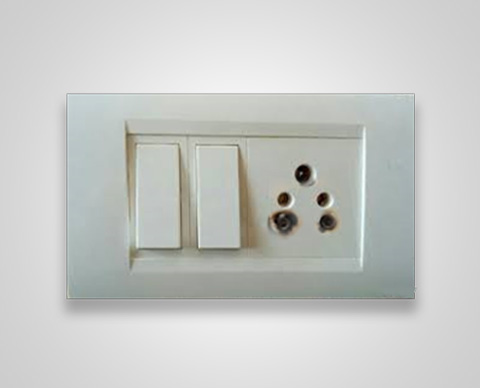
Describe Issues
As per current rating, Geyser requires current greater than 6 amps. Providing 6 amps switch socket instead of 16 amps will lead to damaged switch socket board and frequent tripping off MCB due to overheating. Hence, it can create electrical & safety hazard if not rectified on time.
Direct Solutions
We recommend replacement of 6 amp with 16 amps switch socket board for geyser.
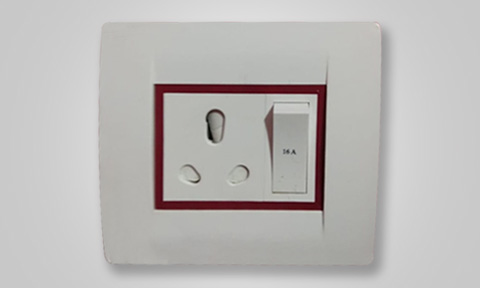
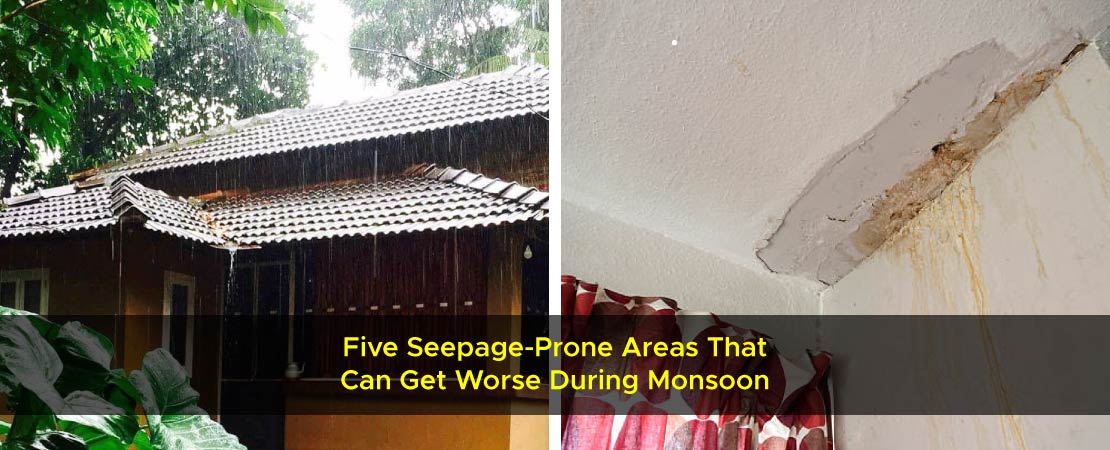
Five Seepage-Prone Areas That Can Get Worse During Monsoon
Mrs. Roy left their rented house after her husband’s transfer and moved to this flat two years back. It was a newly built first-hand property with all the modern facilities. But soon after she started living there, Mrs. Roy noticed wet patches appearing in some parts of the apartment. She ignored the patches initially thinking that they were just one-time effect of heavy rainfall that had occurred that year and would disappear once the monsoon was over, but she was not right. Next year, again, there were damp patches on the ceilings and bathroom walls during monsoon and this time, the patches looked more watery. She knew they were the signs of seepage but had no clue as to what was the source!
Rainwater damage in properties is not a rare phenomenon in India given the extended monsoon that we have here. Both the exterior as well as the interior of a house gets affected due to it. Having said that, it is not the rain itself that causes any structural damage; leakage from any gap or crack on the walls or roof or pipeline leads to damp that can become costly and troublesome to clean up. It is always advised that you make your home monsoon-ready so that the effect of the damage is minimal, but if you skip it you better be careful. Following are the five areas prone to seepage and/or leakage. Keep an eye on them and take the necessary action as soon as you notice water droplets/ dampness gathering around them.
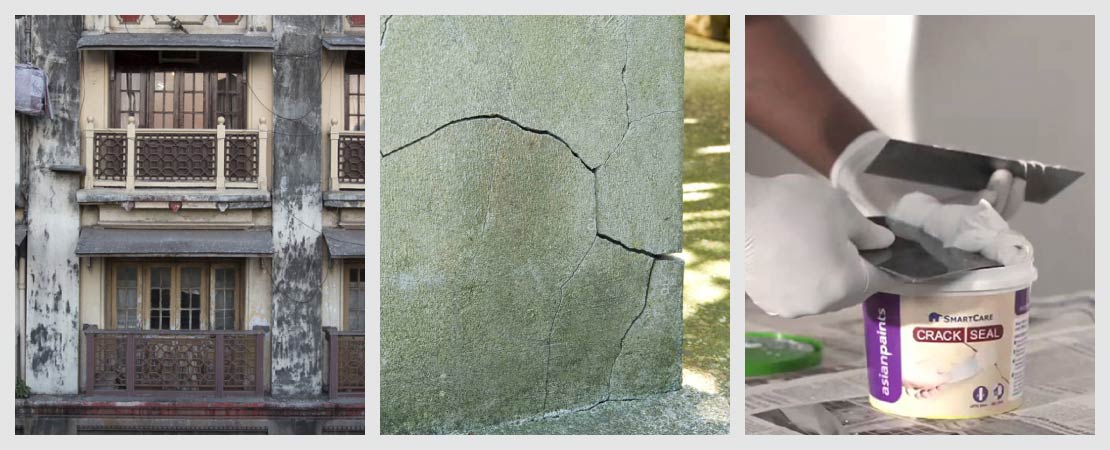
1. Exterior Walls of the Building
The exterior walls of your home are always the first to face the raging weather. During the monsoon, they may fail to hold down the fort. Low-grade paint leads to fast wall surface deterioration. When this happens, rainwater seeps through the exterior coat into the concrete and gets collected in the inner pores, which further penetrate the wall causing damp patches on the inner walls and peeling paint. The best solution to avoid this problem is to get the exterior walls of your house painted with weather-resistant paint solutions1. Paint the walls prior to monsoon, that is, between February and April so that the paint gets enough time to dry and settle and your walls are thoroughly protected.
Most of the exterior wall problems worsen due to sheer neglect and ill-maintenance. Follow these rules to stop seepage during the rainy season:
- Check your building walls for cracks and leakages from time to time. If you find the cracks upto 3 mm, repair it with asian paints SmartCare Crack Seal2. This will not only restore the aesthetics of the building but will also prevent the rainwater from spreading into the inner walls. However, if you find the cracks needs to be checked, call professionals for advice. Few cracks may still go unnoticed; in those cases, a home inspection is the best solution.
- Take adequate waterproofing precautions, if required.
- Replace damaged exterior wall tiles if any. We would suggest better to avoid the installation of wall tiles on exterior walls.
Water seepage during monsoon can also happen due to any of the following reasons:
- Increased permeability of the construction materials
- Loosened construction joints in the walls
- Rising dampness due to capillary action
- Honeycomb structures in the concrete or plaster formed due to faulty construction
- Widened separation gaps
Get a home inspection done to know the exact cause of seepage and resolve it before damp plays havoc in your house.

2. Old Cast Iron Pipes
Sturdy water pipe installation on the exterior walls of a building is crucial to ensure zero leakage. If the building you are living in is old and there are still many cast iron pipes, get them checked well for cracks and rust which can lead to further deterioration. During monsoon, these cracks become difficult to repair leading to major leakage and dampness in the inner walls.
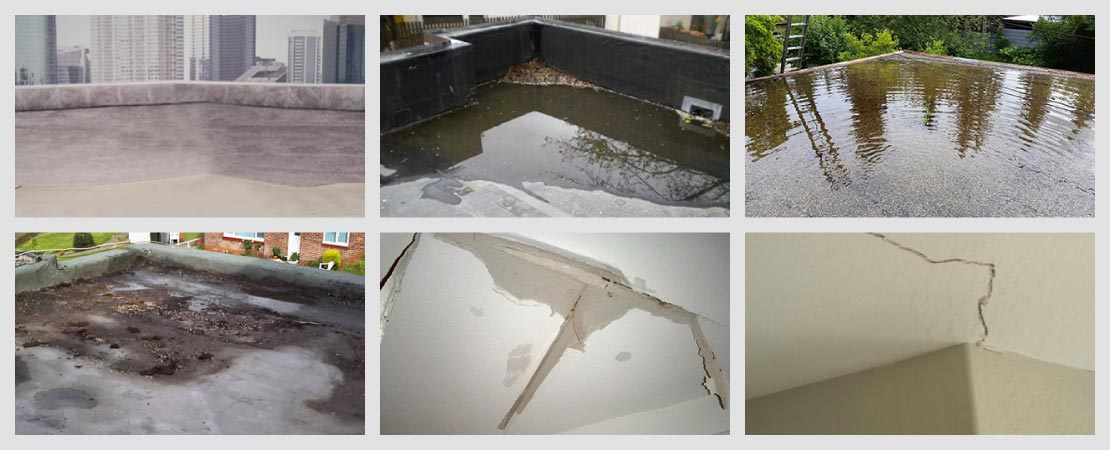
3. Roof and Terrace
An uncovered roof or terrace gets a lot of water during monsoon. This may turn out to be a cause of concern if –
- there aren’t sufficient outlets in the roof
- outlets are clogged with leaves and other waste particles
- the roof slope is incorrect which leads to water stagnation
- the roof waterproofing system is not provided or damaged
- the concrete texture beneath the roof is worn and distressed
- And most importantly, there is a crack in the ceiling beneath the roof!
In all these cases, seepage is almost a given outcome leading to prominent damp patches in the ceiling. In the worst situation, water may start leaking from the ceiling which then becomes a costly affair to deal with.
Leakage from the roof during monsoon can be avoided if the source(s) is identified beforehand. For example, if the house is old and you think the roof needs a repair or remedial waterproofing, you must get that done without delay. As precautions, you must check for cracks in the roof. If it is made of RCC, then it needs to inspected or checked by professionals and if it is made of screed concrete then it needs to chipped off and then repaired. Cleaning the roof surface and unclogging the outlets and drainage pipes should not be considered as occasional jobs. You must do it regularly to reduce roof damage from monsoon to a significant extent.
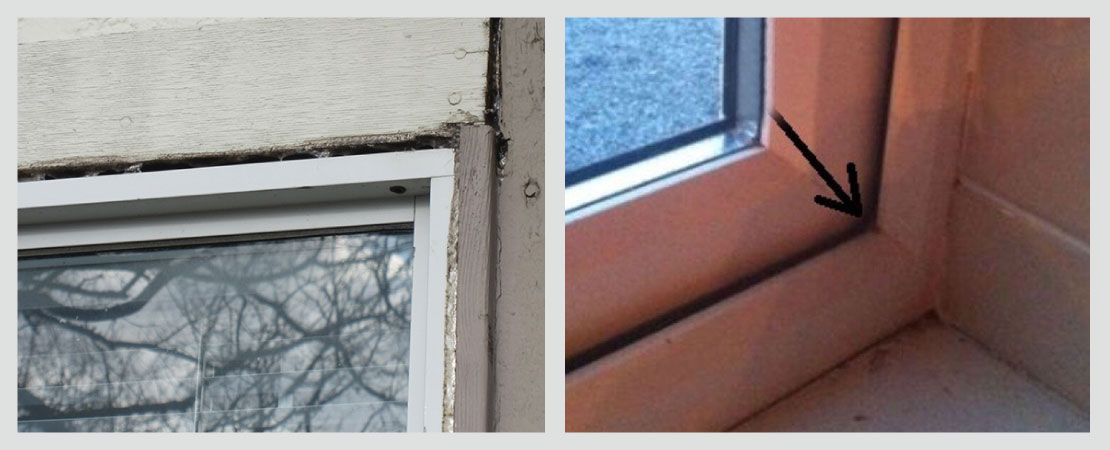
4. Windows
Windows needs to be properly maintained to avoid the entry of rain water in your home as they can be big contributor to seepage.
- Check the condition of sealant for deterioration or any gaps. Usually sealant has shelf life of 10 to 15 years.
- Check if gasket and weather strip are provided or not. If provided the condition of both can be checked as this can avoid further seepage problem.
To get idea about more window maintenance tips, click here.
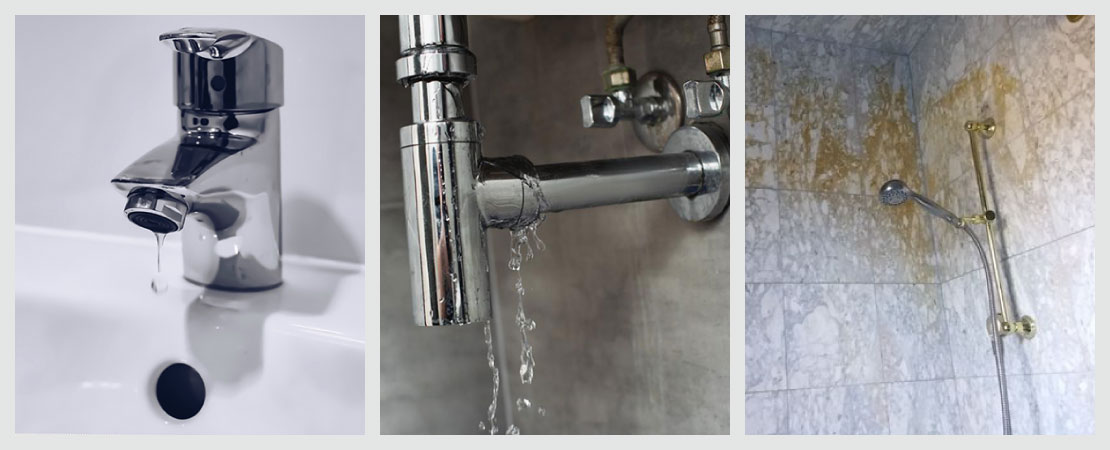
5. The Bathroom: Faucets, Sinks, and Bath Slabs
No matter how often you clean your bathroom or take good care of the faucets, sinks, and bath slabs, leakage and damp problems tend to resurface during monsoon. You know the problems are back when you see cracks and undefined stains on the floor and walls. Discolouration or stains on ceiling can be indication of leakage or any other source of moisture.
Some of the plumbing failures like leaky faucets, sinks, and bath slabs are easy to spot while others could be misunderstood for water splashed during a shower. Keep a watch out for these minor leaks as they tend to worsen with time.
If heavy leakages are observed around the bath fixtures, chances are high that the concealed plumbing pipe joints are internally damaged. To be sure, call a plumber or a team of home inspectors. Once the reason is detected, implement the solution. A few things that you can do to save your bathroom from getting further damaged during monsoon are – sealing the tile joints with waterproof grouts, filling the cracks with mortar, and replacing the concealed plumbing pipes (if needed).
Conclusion
Water damage can be a sinister, creeping issue that you may not discover until it has grown into a big and expensive problem. Think worse- water seepage can damage your beloved home and also cause health effects such as damp-induced allergy and asthma. So, be alert. Keep an eye on the areas that are most prone to seepage and leakage during monsoon. Catch a problem early and stop it before it becomes a nightmare. If you still think you want to hire some professional for this work, click here for further information.

Punjab RERA constitutes group to examine laws related to Real Estate
Chandigarh
Punjab’s Real Estate Regulatory Authority has constituted a group to examine various laws related to real estate sector with a view to bring transparency and harmonise the real estate laws in the state, an official statement said here.
The statement quoting spokesperson of the Housing and Urban Development Department said the two-member group would examine various laws such as Punjab Regional and Town Planning and Development Act, 1995; Punjab Apartment and Property Regulation Act and Punjab Apartment Ownership Act, 1995.
“After analysing the existing laws of the state dealing in the field of real estate, the group would submit its suggestions to make necessary modifications so that these could be harmonised with the provisions of The Real Estate (Regulation & Development) Act, 2016 (RERA)…,” he said.
The amendments proposed by the group would be submitted to the government for approval.
The Punjab State Real Estate (Regulation and Development) Rules, 2017 were notified by Punjab Housing and Urban Development Department over two years ago.
To bring the prevalent laws in conformity with the provisions of The Real Estate (Regulation & Development) Act, 2016, it was felt there is a need to examine and amend these, the spokesperson said.
The Housing and Urban Development Department had requested Real Estate Regulatory Authority, Punjab to form a group to take up the job of scrutinising and examining the laws and identify necessary changes, he added.
Under RERA, each state and union territory has its own regulatory authority which frames regulations and rules as per the Act.
RERA covers both new project launches and the on-going projects which have not been completed or the occupation certificate not received.
It makes it obligatory on the part of the builders not to book, sell or offer for sale, or invite persons to purchase any plot, apartment or building in any real estate project without registering the project with the authority.

Detect & Repair Concealed leakage to save money
Detect Issues
Concealed leakage from WC and soil pipe junction.
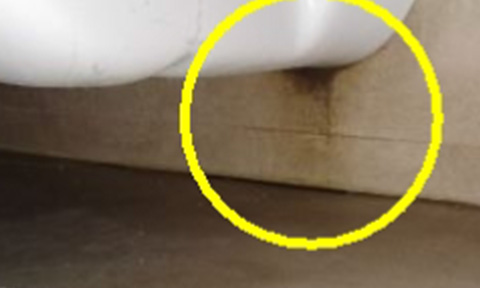

Describe Issues
Inadequate packing along WC and soil pipe junction can lead to leakage from the joint. If the leak is not rectified at the right time can lead to moisture intrusion and damage the associated/ attached areas. It will create a hassle for the residents in future by adding cost for repair of the leak and associated damage at the area.
Direct Solutions
We recommend, re-installation of WC with manufacturer specified gasket packing at soil pipe junction.
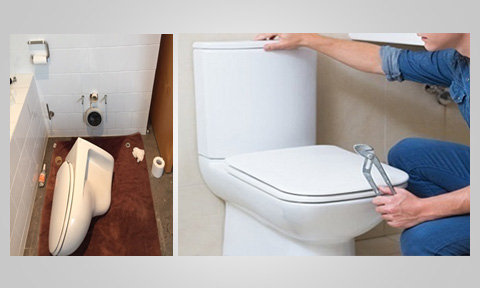

Are You Living In A Home Of Horrors? Check For Yourself
You have saved all your life only to step into your dream house and be content with your choice. After all, at the end of a long tiring day, nothing beats the comfort of your own house. But just a few days after you settle in, yours dreams turn into nightmare. You can hear a shrill screech when you open your backyard door. When you are watching your favourite show on TV, suddenly the lights start flickering, the TV screen goes blank. Does it sound like familiar scenes from horror movies? Have you landed yourself in a haunted house?
Hang on there! Horror these are – no doubt. But no need to tag your home infested with supernatural beings. It is just a result of skipping home inspection prior to buying the estate. Deploying a home inspector in time would have saved you the horrors of home. These might be a result of only some misfits of wiring system, use of bad quality fittings, workmanship and so on and so forth. So, before you start residing, you must know the nukes and crannies of the building you will fondly call ‘home.’
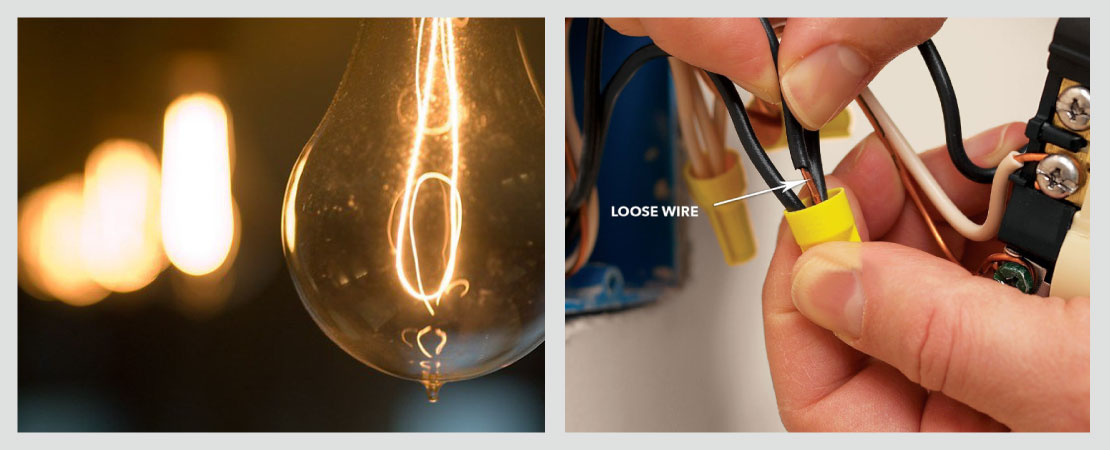
1. Flickering lights: Did you check the connection?
The most common aetiology of flickering lights is the fluctuation in voltage supply in the power grids. Sudden change of load causes consecutive voltage fluctuations. Also, the connecting wires often get loosened. Together, these cause the lights of your house to flicker and you experience a certain extent of dizziness along with a spooky feeling.Be wise and consult with a home inspector before moving in. Let a comprehensive electrical inspection come up with a detailed report.
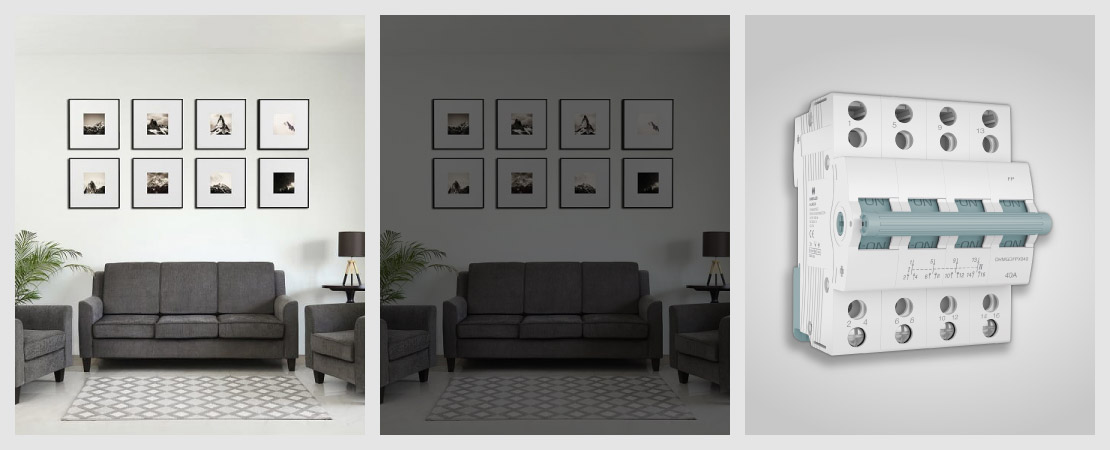
2. Sudden Blackouts: It’s just MCB tripping
On a random day after coming back from office, you decide to vacuum-clean your house, wash your clothes in the washing machine, and do some cooking and so on. Putting your clothes in the washing machine you switch it on and then as you proceed to run your mixer grinder, suddenly the power goes out. Know why? You have been running a number of high-electricity consuming devices at a time on the same circuit. This exceeds the capacity of the particular circuit. The MCB trips whenever circuit overloading happens. A circuit overload is one of the main reasons why circuit breakers trip constantly. This occurs when you want a particular circuit to provide more electricity than its actual capacity. This will lead to the overheating of the circuit which puts all the electrical appliances connected to the circuit at risk. It is also a safety issue.
Apart from circuit overloading, short circuits and ground fault are the other causes of MCB tripping1. Call for an electrical inspection as soon as possible. With their suggestion, fix the problems and say goodbye to frequent blackouts.
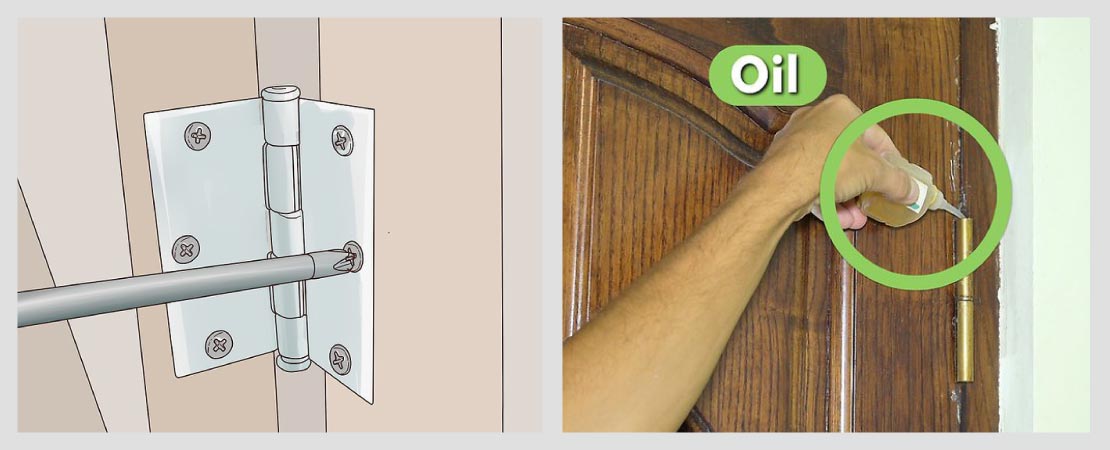
3. Creaking doors: Check the hinges and lubrication
You feel a shiver up your spine sitting in your room when suddenly you hear your kitchen door creak open. A squeaky sound followed by a soft thud makes you get up only to reveal your four-legged pet coming out of your kitchen stealthily. Sounds familiar? The creaking sound is nothing but the door panel rubbing and hitting the frame because of the wrongly fitted hinges. If your house is not a new one, the doors have sustained friction for long. This has worn off the lubrication as well.
If you be a little attentive, you will see the sounds are more in monsoon. Wooden doors absorb moisture and expand in the rainy season. These then tend to hang downwards causing more friction with the floor. That brings up the squeaky sound you are worried about.
Make appointment with your carpenter and do the needful. Tighten the hinges, lubricate them and if it is monsoon, just wait for it to be over. Your doors will come to their previous size and you will be able to close them without unpleasant sounds. In most cases, only tightening the hinges will solve the issue. Find an easy guide to door maintenance for your home here.
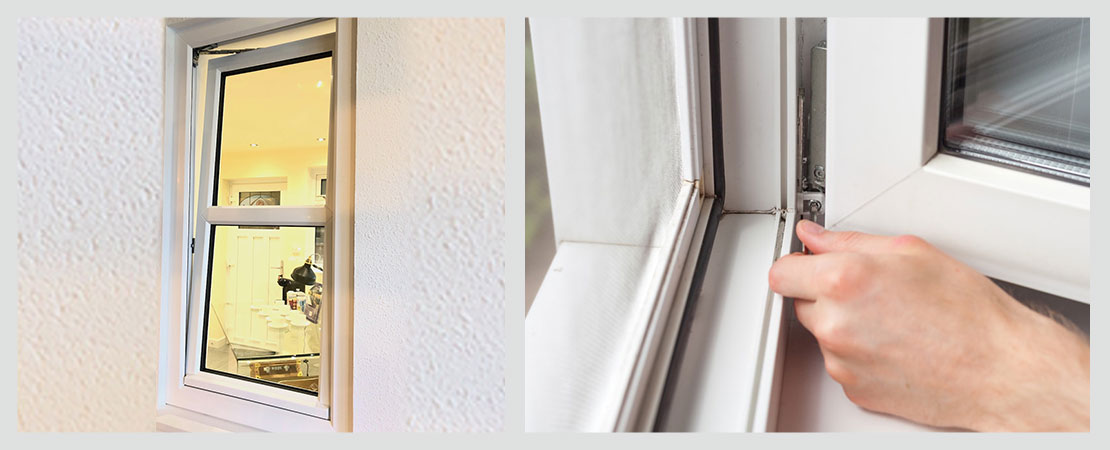
4. Rattling windows: Misaligned installation
On a summer night, do you wake up with a strange sound coming from the window behind the heavy curtains? You perfectly remember to have them closed before you turned on the AC. To your utter disbelief, you find them open. Is that another horror story from your home? No. It is just a result of the carpenters and the window fitters not being attentive to details. The window installation may be misaligned and due to wind, it gives way causing the rattling sounds. Absence of a gasket and keeper plate can also be the reason.
A proper inspection of the window joints, latches, and hinges will take care of all these issues and let you live your life peacefully in your home. And you can also find a guide for maintenance of window here.

5. Feeling out of breath in your own home? Check the ventilation
You have never had any history of breathlessness until you moved in your new home or moved back into your ancestral house. When it struck you, it made you wonder why. Before you get freaked out, look into the matter keeping calm. Your house might have not been used in years. Years of dampness have made the air heavy which is the reason you feel suffocated. If it is a new house, your lack of experience might have let you skip checking the ventilation system. Bad ventilation setup does not allow the heavy air to exit and it circulates in the room. The dampness favours the growth of microbes and the air inside the room gets polluted. When you breathe them in, your respiration system goes through distress causing breathlessness.
Taking the help of home inspection will relieve you from such distresses. Dampened walls, closed ventilators, air exhaustion system- everything must be checked prior to moving in.
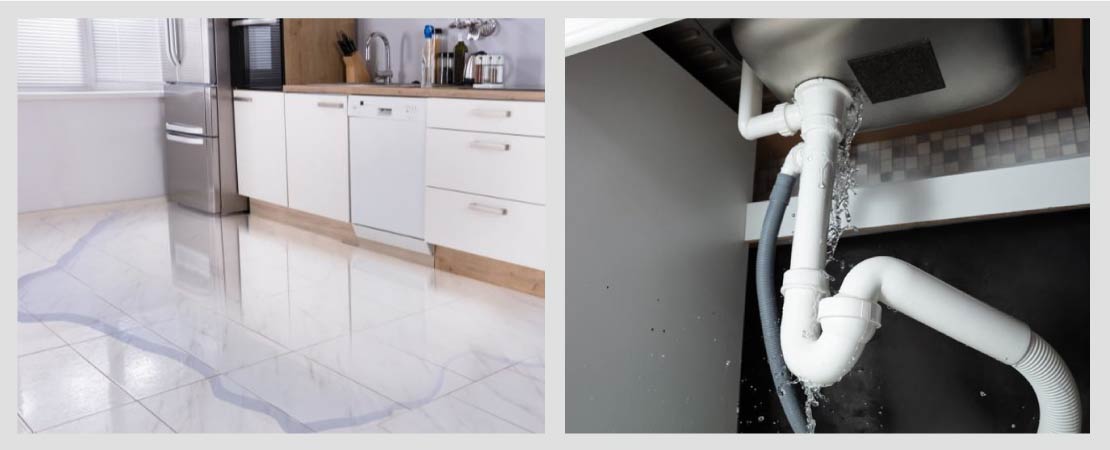
6. Dripping Water: Check for leaks
Imagine: you come back from a long tiring day at work, enter the kitchen and find it nearly flooded. You curse your forgetfulness and think that you might have left the tap open. But soon you realise that you have properly turned them off before leaving. Again you doubt that something is fishy with your home. To be truthful, that is not the case. The kitchen faucets might have loosened leaking water even when you think the taps are turned off. This might happen in bathrooms as well. If you find areas of damp spots on the walls of your home, it is some hidden leak2 that you must be worried about. Water seeps through the leaked pipelines keeping the walls wet and destroys your walls over the years.
Call for home inspection the moment you suspect leakage or, even better, prior to moving in. If needed, the pipes and other bathroom and kitchen fittings should be replaced. Some leakage issues which are visible can be solved by a plumber. But those that are invisible are difficult to identify. For that, you need an experienced pair of eyes. Call your plumber or hire a team of home inspectors.
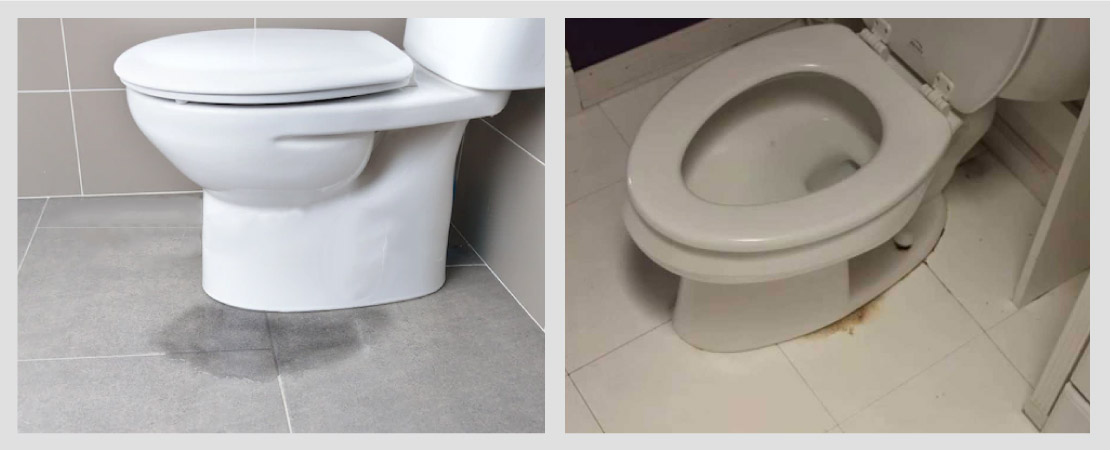
7. Water leakage in WC: Result of various causes
In today’s world, when every part of the globe is experiencing water scarcity, the water tank in your WC decides to add fuel to the fire of water-misuse and continue to run even after a flush cycle is completed. This can occur due to a number of reasons. The most common of them is leakage in the WC. Sometimes the washer wears off causing leakage. This results in the drip-drip you hear from your washroom. One of the biggest problems that you do not have anything to do about, is high iron content in water. It is deposited in the pipes and reduces the water flow.
A good inspection by a plumber followed by replacing the damaged parts will relieve you of these worries. Not only will you avoid unnecessary loss of water but all the apparatus will be functioning properly also.
You can also follow a guide for maintaining your plumbing system to avoid further problems related to it.
To Summarise
All your horrors about your home are actually real issues you should care about and attend them as fast as you can. Home inspection is the ultimate necessity for doing away with potential problem situations of your home. It is those inspectors who will identify what is causing those ‘horrific’ situations and ‘prescribe’ measures to overcome them well beforehand. Thus, you get to enjoy the pride and comfort of your own home that you have always dreamt of. Happy home to you!
Reference links used:
1. https://finolex.com/why-do-mcb-trips-frequently-how-to-avoid-mcb-tripping/
2. https://youtu.be/ve308_XVIK4
Mystery of Power Cut due to Frequent Tripping, Solved by MACJ – ABCHI!
A unit owned by a very famous leading Tollywood Actress, at Kolkata’s one of the renowned / High End Residential Complex, was facing continuous Power cut due to Frequent Tripping of RCCB. The Maintenance Team couldn’t trace the reason for the Tripping. Team MACJ took the challenge of solving the Mystery and was able to solve it with a very easy solution.

Builders’ current process of maintaining a collection account is wrong: UP-RERA
New Delhi
The current process of maintaining a collection account by builders to get all deposits before transferring the mandatory 70 percent of the money into escrow account is wrong, said the Uttar Pradesh Real Estate Regulatory Authority.
The realtors then transfer the remaining 30 percent of the money to third account operated by them for appropriating for purposes other than construction and land cost.
According to the authority, “This practice is apparently wrong. The promoters have to receive all the amount in the Escrow Account and only the money left after utilising 70 percent of the money for construction and land cost should be allowed to be withdrawn for a purpose other than construction and land cost. It is re-emphasized that this 70:30 percent ratio has to be maintained from the inception of the project.”
The above observation was made in a meeting held by UP-RERA officials with chief general managers and general mangers of all the public and private banks. The authority has issued appropriate directions to all the zonal heads and branch managers to comply with the RERA orders.
UP-RERA has also decided to verify all the projects accounts maintained with different banks. “The Chartered Accountants of RERA will be visiting the concerned branches in this regard,” said Rajive Kumar, chairman, UP-RERA.
The authority further said that there cannot be any charge or lien on the separate project account, the bank cannot recover the amount or installment due from the promoter from this account. The bank can have lien on the account to which the promoter transfers 30 percent of the collected money.
“The bank can not insist that in case of loan for the project the promoter should open an account with it and receive all the money from the allottees in this account. Nor can be the bank insist on the promoter to transfer the balance money from the existing project account to new account,” said Abrar Ahmed, secretary, UP-RERA.
As per the provisions of section-4 (2) (l) (D) of Real Estate (Regulation and Development) Act 2016, seventy percent of the amount for a real estate project must be deposited in a separate account to be maintained in a bank to cover the cost of construction and the land cost.
The concerned branch is required to ensure that money is utilized for the specified purpose only and not for any other purposes. The bank must also ensure that the promoter is permitted to withdraw any amount from this account only after he has submitted the certificate from an engineer, an architect and a charted accountant.
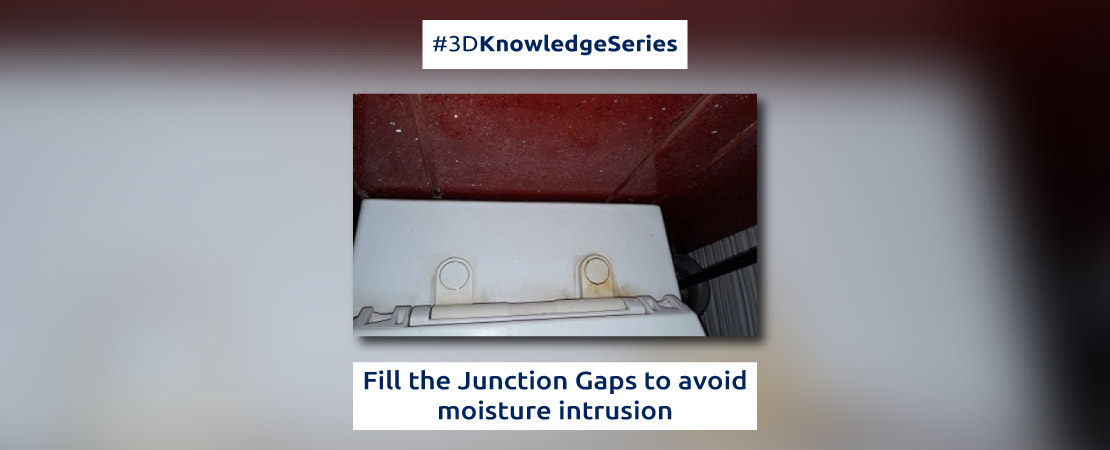
Fill the Junction Gaps to avoid moisture intrusion
Detect Issues
Gap between WC and wall.

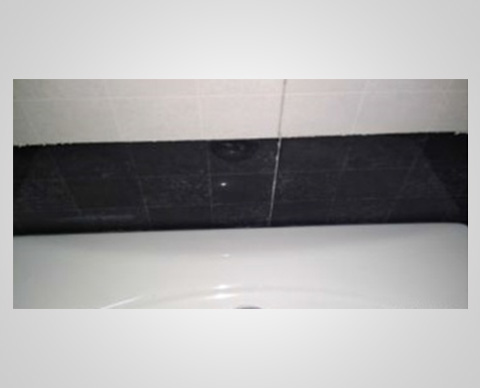
Describe Issues
Splashed water entering through the gaps can infiltrate through bare masonry wall surfaces around provision for WC outlet and cistern inlet pipe. This can lead to spreading of moisture to the attached/ associated area which can lead to damage in future.
Direct Solutions
We recommend filling the gap with tile grout.
